Just like humans, dogs aren’t born speaking their native language. They have to learn it. The only way to do this, is to spend enough time with fluent conspecifics – members of the same species – at a young age. I say “fluent” conspecifics because there are many grown dogs these days that, unfortunately, still don’t know how to speak canine.
Imagine you’ve never interacted with another human before. You don’t speak English. You can’t even read body language. And then a big human comes at you with his arms spread wide and all his teeth showing. You’d probably be terrified – I know I would. Little do you know, he only wants to give you a welcoming hug. This is how an unsocialized dog feels. He’s constantly afraid because he doesn’t understand intentions and hasn’t learned how to read calming signals.
One of the best things we can do for our puppies is socialize them. Enable them to learn their native tongue. Here are just a few examples of what dogs do to avoid conflict with one another and to signal a peaceful interaction. With each of these behaviors, try to recall whether or not your dog has ever attempted to calm you down while you pointed a camera at them.
Head Turning
This is to avoid direct eye contact. Dogs often turn their heads when greeting one another for the first time or to calm another dog or person. Has your dog ever turned her head when you point a camera directly at her? She’s communicating her discomfort.
Nose Licking
Dogs will lick their noses in an attempt to calm themselves, an approaching dog, or a threatening human. It is a stress as well as a calming signal. Watch for nose licking the next time you take your dog to the vet, the groomer, or a new crowded space.
Yawning
Yawns clearly signal a dog’s discomfort. It’s common when a dog is being squeezed too tight or when he’s missing his owner. It’s sometimes followed by a whine, further signaling distress. The yawn is a behavior that humans can more easily use themselves in order to calm their dogs. If your dog gets too excited during play or is uncertain or stressed, try standing still and yawning. You’re telling him it’s okay to relax.
Eye Softening
This behavior goes along well with head turning. Both are attempts to lessen the intensity of an approach and to decrease eye contact – a threatening display. When dogs squint or soften their eyes, they are signaling peaceful intentions.
From volunteering at shelters and working with dogs, I end up taking a lot of pictures of these animals. I found all of these behaviors just by scrolling through all my photos. Dogs are constantly trying to calm us down and communicate their intentions or feelings. Thankfully, we’re learning how to listen!
Furthermore, if dogs are given the opportunity to learn these calming signals at a young age, then they will better be able to successfully avoid conflict and peacefully socialize with conspecifics throughout their lives.
For more information on calming signals read On Talking Terms with Dogs: Calming Signals by Turid Rugaas.
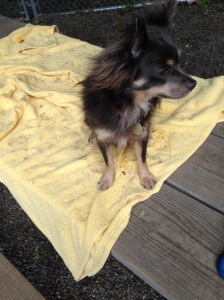
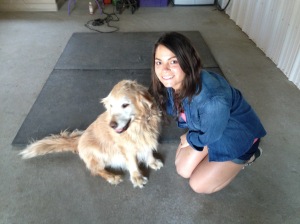
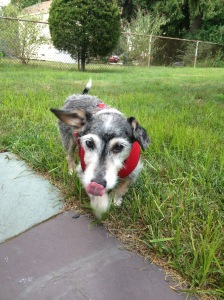
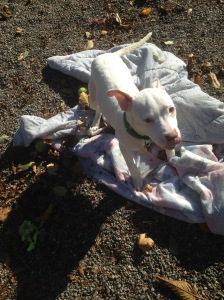
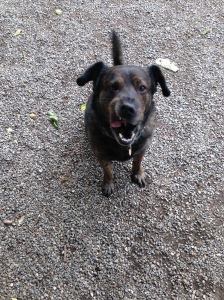
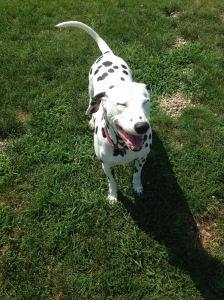
Thank you for sharing these experiences! I think it is wonderful that you volunteer at shelters and take the time to contemplate over what the dogs are telling you. Thank you.
LikeLike
Thank you for the kind words Christina!
LikeLike